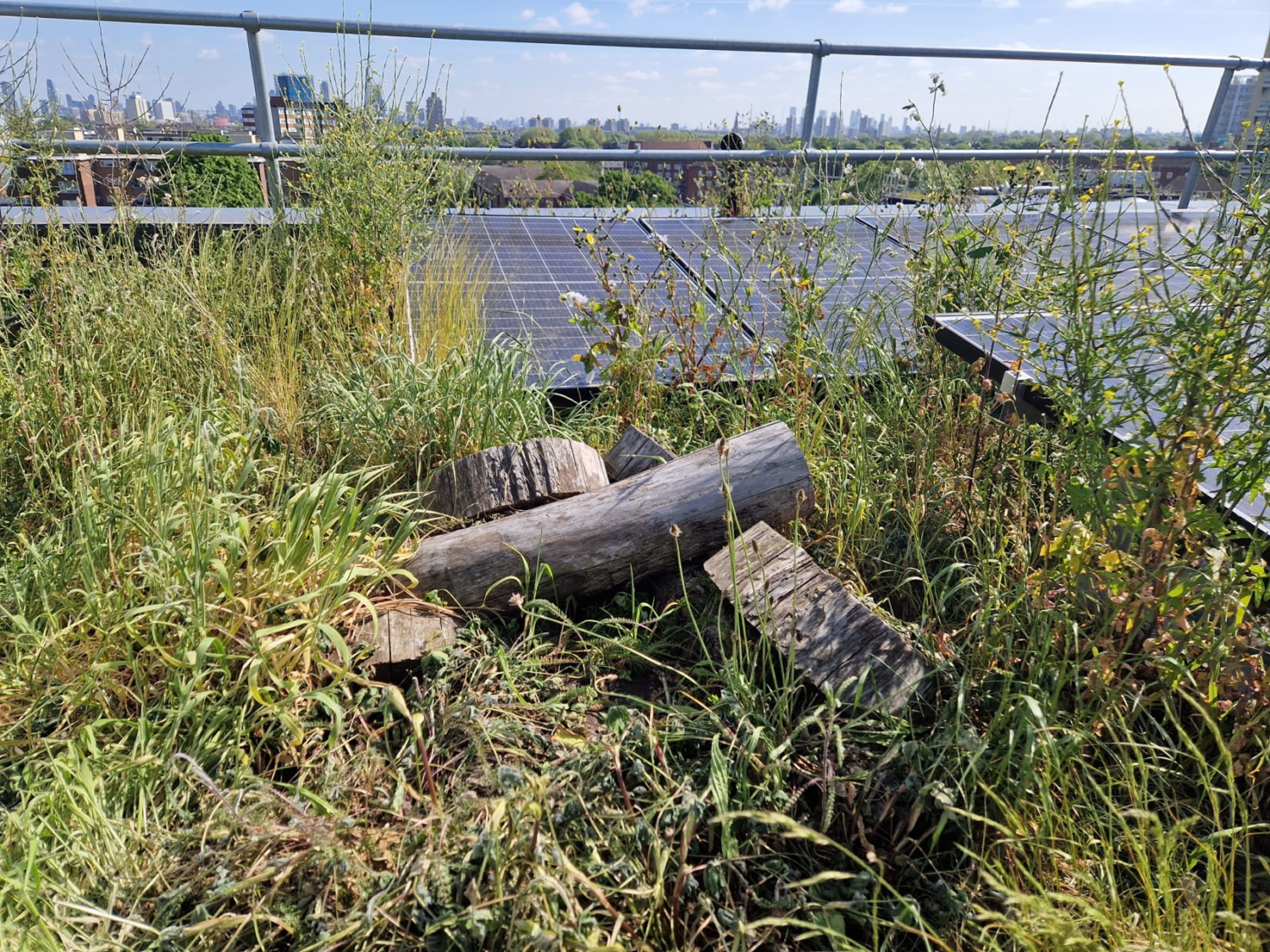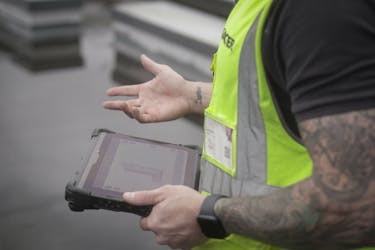
Roof upgrades for carbon and energy bill savings: Discover Axter’s Carbon Energy Assessment Tool
In the quest for net zero, reducing energy consumption, and more affordable living, every aspect of a property – whether commercial or residential, owned privately or socially – should be scrutinised for its carbon footprint and energy expenditure.
Heating and powering buildings accounts for 30% of the UK’s total energy usage.
Roofs stand out as prime candidates for improvement – uninsulated homes can lose around 25% of heat through the roof, according to the Energy Saving Trust (EST). When assessing the carbon performance of a residential property, and looking for ways to reduce bills, roof refurbishment and retrofit is a fantastic place to start.
By digitally analysing the current integrity l and thermal performance of a roof and recommending improvements, Axter’s Carbon Energy Assessment Tool provides a quantifiable method to estimate how much money and energy could be saved through roof performance improvements. A poor performing roof can send energy bills soaring; even a small amount of water ingress in a roof can have cost implications. As well as dealing with existing issues, Axter’s tools can also be used to evaluate the benefit of adding Solar PV panels as an energy source.
Understanding the energy performance of your property or housing stock, and being able to assess the impact improvements will have, and return on investment both in terms of reductions in energy usage and the cost saving that will deliver, is of huge value across a broad range of private and public projects – both for commercial and residential properties. But particularly in the social housing and public buildings sphere where legislation is already in place Local authorities are under pressure to bring all social housing up to a minimum EPC C rating by 2030 – part of the government’s Clean Growth Strategy – and to meet the decarbonisation targets of the Public Sector Decarbonisation Scheme, reducing emissions across all buildings from schools to hospitals by 75% by 2037, maintain compliance, and help residents with the cost of living.
Plus, compliance with PAS 2035 must be achieved – an industry-wide code of practice to ensure high standards in retrofit projects – this is a requirement of all retrofit programmes deploying government funding.

A scientific approach to carbon improvements
The process begins with a comprehensive assessment of an existing roof structure, using both physical surveys and desktop analysis. This data is then fed into the modelling software, which generates a detailed footprint of the building's current energy usage. This output includes an Energy Performance Certificate (EPC), offering a tangible snapshot of the building's environmental impact.
This model can also factor in roof saturation; as part of the roof survey process, we can measure if any water is trapped in the roof, and if so, how this is affecting its performance.
Proposed upgrades and cost analysis
Once existing areas for improvements have been diagnosed, the Axter team can propose targeted upgrades and, using the software, calculate the cost and energy benefit of recommended improvements. The calculations will estimate how much money and energy could be saved per year through Axter’s refurbishment service. This approach enables clients to make informed decisions about potential upgrades, both from the lens of both environmental impact and financial consideration.
Fabric-first approach
This approach aligns with the Fabric First principle, a concept that emphasises the importance of improving the fabric of the building – prioritising high-performance materials and design techniques – to minimise energy loss and maximise thermal comfort. From a sustainability and cost-consideration perspective, it’s recommended these options are explored first, over adding supplementary technologies such as heating systems to address indoor climate issues.
A widely accepted approach in design, the concept gained prominence with the introduction of the UK's Building Regulations in 2006, which incorporated the "Fabric Energy Efficiency Standard" (FEES).
Deployment of technology
Axter is at the forefront of technological innovation, continuously investing in advanced tools such as desktop Infrared Thermography (IRT) platforms and field-based tools such as moisture mapping analysis.
Working in conjunction with the Carbon Energy Assessment Tool, Axter’s technologies can also be used to simulate how the addition of Solar PV panels on a roof could create further carbon and energy bill savings, providing a quantifiable cost-benefit analysis. Calculations factor in the movement of the sun around the precise location of a roof to achieve maximum accuracy on energy yield.
The Axter service
Roof retrofit and refurbishment are crucial to enable the UK to reach its goal of becoming a Net Zero society and economy by 2050, as much of the existing housing stock will remain in use by this deadline. Given this reality, improving existing buildings is essential to meet Net Zero goals as it allows for the optimisation and remediation of current infrastructure. By optimising and remediating what is already there, refurbishment (general roof repair and modernisation) and retrofit (measures that go further to optimise roof spaces) over new construction, offer the most resource efficient and cost-effective solutions to improve the performance of a roof.
We offer a full refurbishment and retrofit service; fusing our extensive roofing expertise with state-of-the-art digital technology and advanced diagnostic tools, delivering building owners a comprehensive end-to-end service — from initial surveys to the final roof handover.
You’ll also benefit from access to our accredited installer network, granting peace of mind that you are using a roofing contractor that has been appropriately vetted, and will deliver the highest standards of workmanship, backed up by one of Axter's comprehensive system guarantees.
If you’d like to discuss how we can help you save money and reduce the carbon impact of your buildings, we’d love to hear from you, so please do get in touch.


